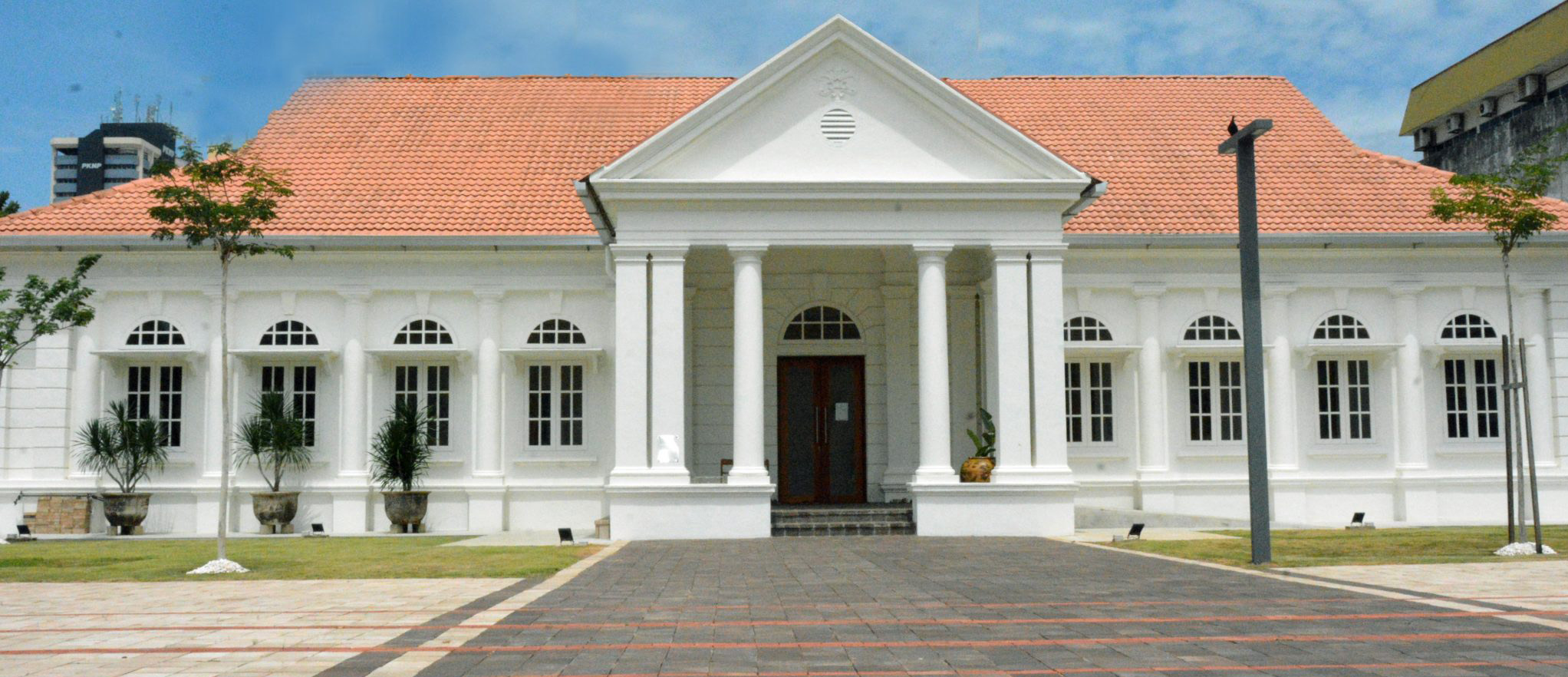The Land of the Elephant Kings: (Record no. 3435)
[ view plain ]
| 000 -LEADER | |
|---|---|
| fixed length control field | 02188nam a22002057a 4500 |
| 003 - CONTROL NUMBER IDENTIFIER | |
| control field | PMNP |
| 005 - DATE AND TIME OF LATEST TRANSACTION | |
| control field | 20250619105006.0 |
| 008 - FIXED-LENGTH DATA ELEMENTS--GENERAL INFORMATION | |
| fixed length control field | 250619b |||||||| |||| 00| 0 eng d |
| 020 ## - INTERNATIONAL STANDARD BOOK NUMBER | |
| International Standard Book Number | 9780674986886 |
| 040 ## - CATALOGING SOURCE | |
| Original cataloging agency | PMNP |
| Language of cataloging | eng |
| Transcribing agency | Kutubkhanah Diraja |
| 082 ## - DEWEY DECIMAL CLASSIFICATION NUMBER | |
| Classification number | 935.05 |
| 100 ## - MAIN ENTRY--PERSONAL NAME | |
| 9 (RLIN) | 3614 |
| Personal name | Kosmin, Paul J., |
| Dates associated with a name | 1984- |
| 245 ## - TITLE STATEMENT | |
| Title | The Land of the Elephant Kings: |
| Remainder of title | Space, Territory, and Ideology in the Seleucid Empire / |
| Statement of responsibility, etc. | Paul J. Kosmin |
| 260 ## - PUBLICATION, DISTRIBUTION, ETC. | |
| Place of publication, distribution, etc. | London |
| Name of publisher, distributor, etc. | Harvard University Press |
| Date of publication, distribution, etc. | 2014 |
| 300 ## - PHYSICAL DESCRIPTION | |
| Extent | 423p |
| 520 ## - SUMMARY, ETC. | |
| Summary, etc. | The Seleucid Empire (311-64 BCE) was unlike anything the ancient Mediterranean and Near Eastern worlds had seen. Stretching from present-day Bulgaria to Tajikistan--the bulk of Alexander the Great's Asian conquests--the kingdom encompassed a territory of remarkable ethnic, religious, and linguistic diversity; yet it did not include Macedonia, the ancestral homeland of the dynasty. The Land of the Elephant Kings investigates how the Seleucid kings, ruling over lands to which they had no historic claim, attempted to transform this territory into a coherent and meaningful space.<br/><br/>Based on recent archaeological evidence and ancient primary sources, Paul J. Kosmin's multidisciplinary approach treats the Seleucid Empire not as a mosaic of regions but as a land unified in imperial ideology and articulated by spatial practices. Kosmin uncovers how Seleucid geographers and ethnographers worked to naturalize the kingdom's borders with India and Central Asia in ways that shaped Roman and later medieval understandings of "the East." In the West, Seleucid rulers turned their backs on Macedonia, shifting their sense of homeland to Syria. By mapping the Seleucid kings' travels and studying the cities they founded--an ambitious colonial policy that has influenced the Near East to this day--Kosmin shows how the empire's territorial identity was constructed on the ground. In the empire's final century, with enemies pressing harder and central power disintegrating, we see that the very modes by which Seleucid territory had been formed determined the way in which it fell apart. |
| 650 #0 - SUBJECT ADDED ENTRY--TOPICAL TERM | |
| 9 (RLIN) | 1094 |
| Topical term or geographic name entry element | History, Ancient |
| 942 ## - ADDED ENTRY ELEMENTS (KOHA) | |
| Source of classification or shelving scheme | |
| Koha item type | Books |
| Suppress in OPAC | No |
| Withdrawn status | Lost status | Source of classification or shelving scheme | Damaged status | Not for loan | Home library | Current library | Shelving location | Date acquired | Total Checkouts | Full call number | Barcode | Date last seen | Price effective from | Koha item type |
|---|---|---|---|---|---|---|---|---|---|---|---|---|---|---|
| Perbadanan Muzium Negeri Pahang | Annexe Office | Annexe | 06/19/2025 | 935.05 | 2025-0263 | 06/19/2025 | 06/19/2025 | Books |
